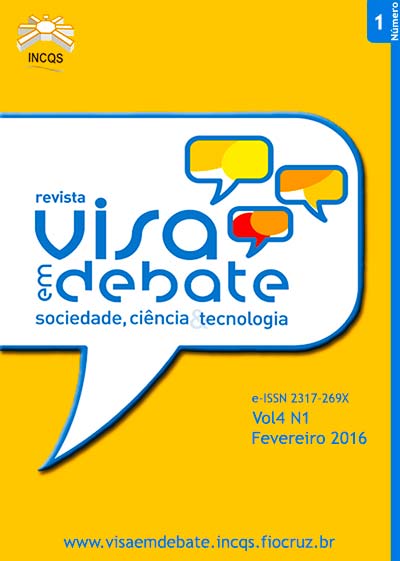Cyanobacteria and microcystin in river waters intended to industrial park supply in Caruaru-PE, Brazil
DOI:
https://doi.org/10.3395/2317-269x.00602Keywords:
Cyanobacteria, Water, Microcystin, HPLC, IpojucaAbstract
Cyanotoxin producing Cyanobacteria can cause serious harm to human and animal health. Microcystins, the most common type of cyanotoxins, promote liver tumors in men. Thus, we aimed at verifying the occurrence of cyanobacteria in water samples from the Ipojuca’s river at the perimeter of Caruaru-PE, Brazil, and determining if the toxin was also present. Water samples were collected at five strategic points over thirteen consecutive months. High Performance Liquid Chromatography (HPLC) was used to obtain microcystins. The Utermöhl sedimentation method was used to identify and quantify species. This approach found that the toxin was present in 100% of the samples, and pointed to three genera of microcystin producers. The river provides the one of the source for public water supply in the region, confirming the relevance of continuous monitoring of cyanobacteria and cyanotoxins. As observed in the Ipojuca river, several water sources at Pernambuco also present recurrent cyanobacterial blooms, which may contain toxin producers. The blooms occur mainly in the dry season, when water is an invaluable commodity for humans and life stock. Finally, this study showed the importance of monitoring microcystin to support preventive actions in environmental and public health surveillance.Downloads
Downloads
Additional Files
Published
Issue
Section
License
Copyright (c) 2016 Health Surveillance under Debate: Society, Science & Technology (Vigilância Sanitária em Debate: Sociedade, Ciência & Tecnología) – “Visa em Debate”

This work is licensed under a Creative Commons Attribution-NonCommercial-NoDerivatives 4.0 International License.
COPYRIGHT ALLOWANCE The author (s) hereinafter designated as the ASSIGNOR hereby assign and transfer, free of charge, the ownership of the copyrights related to this ARTICLE to the Vigilância Sanitária em Debate: Sociedade, Ciência & Tecnologia (Health Surveillance under Debate: Society, Science & Technology) – Visa em Debate, represented by FUNDAÇÃO OSWALDO CRUZ, established at Av. Brasil, nº 4365, Manguinhos, Rio de Janeiro, RJ, Brazil, CEP 21045-900, under the conditions set out below: (a) The terms and conditions set forth in this Agreement shall apply to the following: 1. The ASSIGNOR declares that they s(he) is (are) the author (s) and owner (s) of the copyrighted property of the ARTICLE submitted. 2. The ASSIGNOR declares that the ARTICLE does not infringe the copyrights and / or other property rights of third parties, that the disclosure of images (if any) has been authorized and that they s(he) assume(s) full moral and / or property liability for its content, before third parties. 3. THE ASSIGNOR assigns and transfers all copyrights relating to the ARTICLE to the ASSIGNEE, especially the rights of editing, publication, translation into another language and reproduction by any process or technique. The ASSIGNEE becomes the exclusive owner of the rights related to the ARTICLE, and any reproduction, totally or partially, is prohibited in any other means of publicity, printed or electronic, without prior written authorization from the ASSIGNEE. 4. The assignment is free and, therefore, there will be no remuneration for the use of the ARTICLE by the ASSIGNEE.







